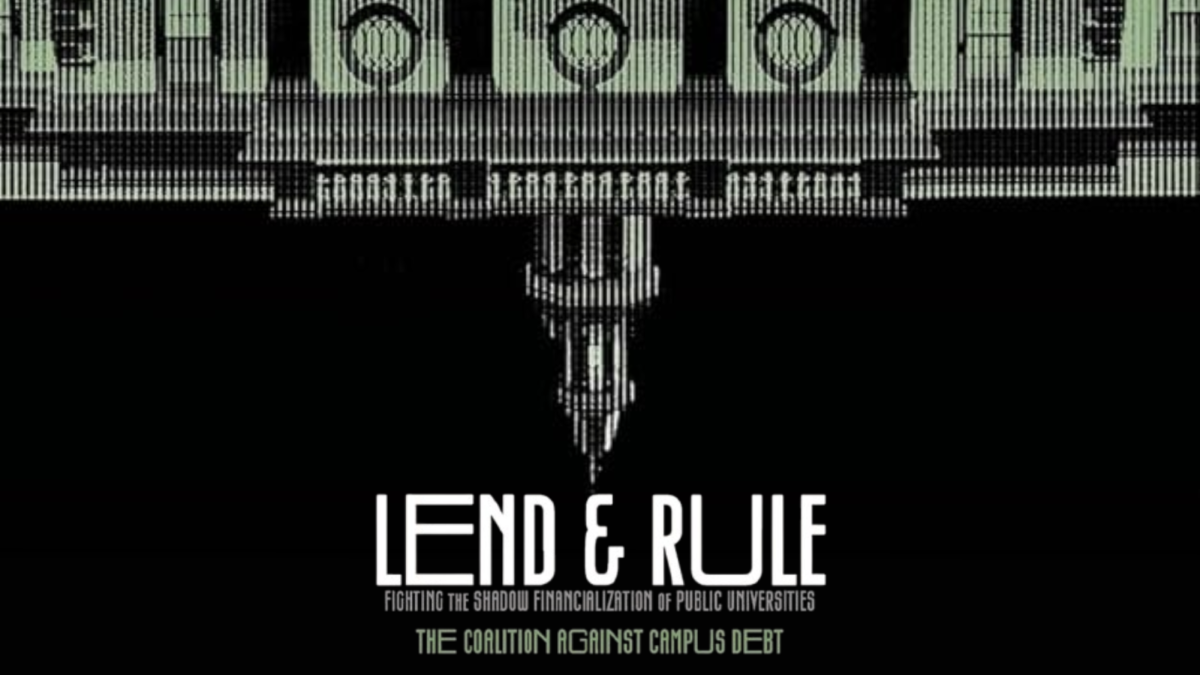Discussions around who should control public higher education have amped up in recent years. Students, faculty, and workers increasingly feel the impact of university disinvestment, budget cuts, and institutional debts.
In the case of the CSU — once known as the “People’s University” — our enshrined tuition-free education has since eroded into a 34 percent tuition increase over the next five years.
Published earlier this month by Common Notions Press, the release of “Lend & Rule: Fighting the Shadow Financialization of Public Universities” could not be timelier. This book reveals how public universities became the floundering mess they are now and includes practical advice for on-campus organizing efforts.
The central issue here is debt. This comes in two forms: institutional debt and student debt. Lend & Rule argues that insufficient state funding results in public universities taking on debt to cover campus costs. As a result, public universities become more beholden to financial institutions that help sustain the university, although at a heavy cost.
This “financialization” results in higher education that is less public, due to its lack of transparency and accountability to those it intends to serve, namely students and taxpayers. Additionally, education becomes more expensive as student tuition and fees dramatically increase to cover growing deficits, in some cases just to service campus debt.
The first two chapters explain the political economy of debt in public higher education and the neoliberal turn of the 1980s. Chapter three discusses the need for on-campus debt organizing, especially through student-faculty-worker coalitions that can organize institutional “debt reveals” on their campuses. The final three chapters dive into practical lessons for organizing against campus debt, including a chapter-length case study on the University of Puerto Rico.
Lend & Rule also includes two hefty appendixes. Appendix A is a guide to institutional debt ratings, and Appendix B is a guide to organizing on-campus “debt reveals.” This includes step-by-step instructions for uncovering your university’s level of financial transparency, per-student costs for debt servicing, and “instructional harm” — i.e. what has been sacrificed to service campus debts.
Highlighting the issue of campus debt is a unique way to build on-campus coalitions organizing for a more accessible, democratic, and sustainable public higher education system. This issue intersects with many struggles, including student debt, organized labor, climate and human rights divestment, and social/economic justice. Those looking for practical solutions to the neoliberal “public” university, look no further than Lend & Rule.


